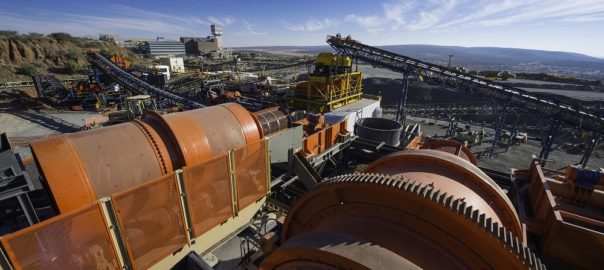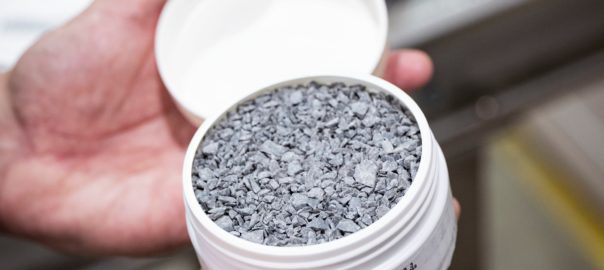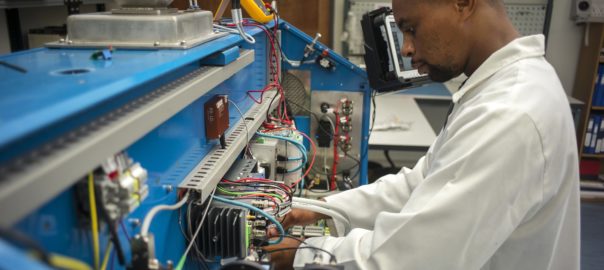Petra Diamonds says in order to help it better understand and prioritise an improved product mix at the Finsch diamond mine, in South Africa, all of the coarse diamond X-ray machines in the processing plant have been upgraded.
The move, aimed at increasing the probability of the recovery of high value large stones, came as the company reported a 29% drop in sales in the last six months of 2019 to $61.7 million, mainly due to the average value per carat decreasing 25% to $79.
Petra said: “Poorer product mix at Finsch is due to the depletion of the higher value overburden dumps, as well as fewer and poorer quality large diamonds recovered compared to historical averages.”
The X-ray machines in the final recovery plant are supplied by DebTech, a spokesperson confirmed to IM.
Petra also said that the X-ray machines in the bulk sample plant (pictured: credit Petra Diamonds) have been replaced with newer technology X-ray machines and are now being used to treat recovery tailings from the main plant to provide additional assurance around the efficiency of the recovery circuit.
The spokesperson said: “We have a new BV (Bourevestnik) machine also XRL (X-ray luminescence) in the bulk sampling plant acting as an audit/scavenging machine.”
The mine produced 1.8 Mct in Petra’s 2019 financial year to June 30, 2019.









